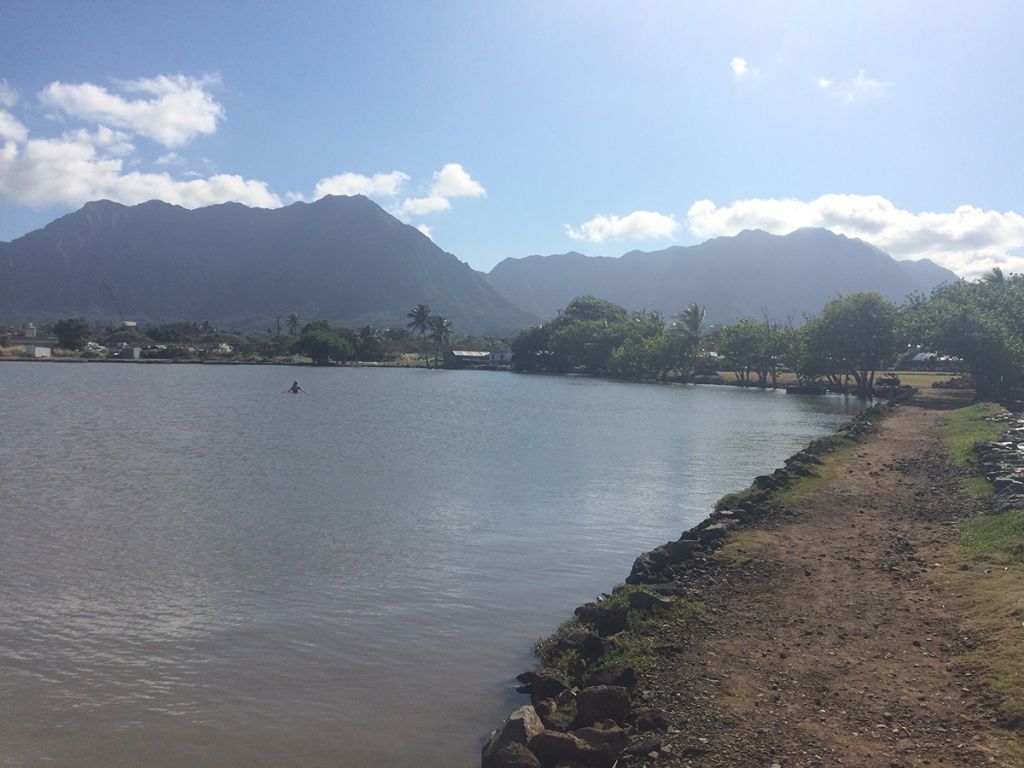Harnessing Indigenous and local knowledge to investigate causes of decline in Hawai‘i estuarine fisheries and develop strategies to support their restoration
PRINCIPAL INVESTIGATOR: Robert Toonen
Sea Grant Graduate Fellow: Nākoa Goo
Research Track: Aquaculture

Hawaiian fishponds, or loko iʻa, are generally considered the most technologically advanced of ancient aquaculture systems. By mimicking and enhancing natural processes, a strategy called eco-mimicry, ancient Hawaiians were able to maximize estuarine productivity and sustainable harvest of natural resources to support the local population. Populations of native baitfish such as nehu and ‘iao have plummeted over the past century, causing concern among resource managers and local communities alike. Hawaiian estuaries are impacted by threats ranging from introduction of alien species and habitat degradation to coastal development, changes in land use, and population growth, all under the shadow of a changing climate that make recovery of the ecologically, economically, and culturally important fish species challenging. This project seeks to investigate underlying causes of decline in native estuary fishes, starting with documenting historical fishing knowledge and management practices specific to baitfish.
Using oral history interviews of kūpuna (elders), cultural practitioners, and local fishers, the research team will identify changes in target fish abundance, distribution, and management through time. In addition, they will test hypotheses related to habitat degradation and competition with alien species believed to explain the decline of culturally important fish species by exploring related state-wide information on distribution and abundance of baitfish populations, water quality, and diet competition with introduced fish species. The ultimate goal then is to addresses knowledge gaps identified by loko iʻa practitioners as essential to biocultural restoration efforts and co-develop management recommendations and restoration strategies with resource managers and community groups for important native fish species in the face of climate change.

